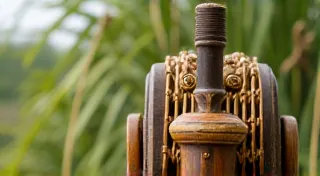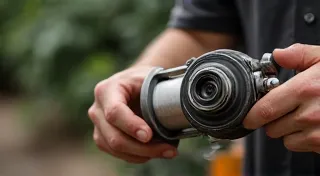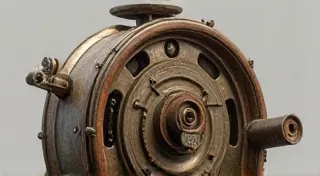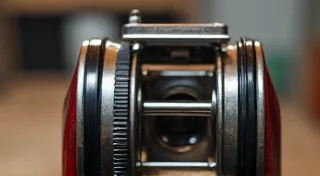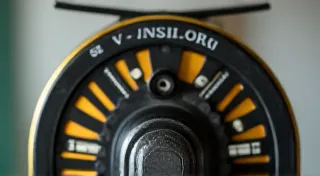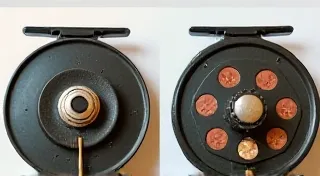The Art of Reel Storage: Protecting Your Investment
For the avid reel collector, the acquisition of a beautiful, functional vintage fishing reel is often just the beginning. The real challenge – and responsibility – lies in ensuring its long-term preservation. These aren't just pieces of fishing gear; they're tangible links to a rich history, often crafted with meticulous detail and enduring quality. Properly storing your vintage fishing reels is vital to maintaining their condition, preventing damage, and safeguarding their collectible fishing value. This guide explores the best practices for reel storage, offering practical advice for collectors of all levels.
Why Proper Storage Matters
Exposure to the elements, fluctuating temperatures, and improper handling can quickly degrade even the most robust antique fishing reels. Corrosion, rust, paint chipping, and mechanical failure are all potential threats. Neglect can significantly diminish a reel’s value, turning a prized possession into a disheartening disappointment. Beyond the monetary aspect, proper storage is about respecting the craftsmanship and history embedded within each reel. Think of it as stewardship – ensuring that future generations can appreciate these pieces of angling heritage. The stories behind these reels, often tied to legendary anglers and pivotal moments in angling history, add another layer of value. Considering the innovative spirit behind these creations, it’s worthwhile to learn about figures like Amos G. Spofford, whose contributions shaped the sport we know today.
Environmental Considerations: The Enemies of Reels
Understanding the environmental factors that negatively impact vintage reels is the first step towards effective storage. Here’s a breakdown of the key culprits:
- Humidity: Moisture is the biggest threat. It accelerates corrosion, promotes rust, and can damage wooden components. High humidity can lead to pitting on metal parts and warping of wood.
- Temperature Fluctuations: Extreme temperature swings cause expansion and contraction, which stresses metal components, loosens screws, and can crack paint or varnish.
- Sunlight: UV radiation fades paint, weakens varnish, and can damage plastics and rubber.
- Dust and Debris: Accumulation of dust and debris can scratch finishes and provide a breeding ground for corrosive particles.
- Pests: Certain insects are attracted to organic materials used in reel construction (e.g., wood, felt washers), and can cause significant damage.
Best Practices for Reel Storage: A Comprehensive Guide
Let's delve into the practical steps you can take to create a protective environment for your vintage fishing reels:
1. Choosing the Right Storage Location
The ideal storage location is cool, dry, and away from direct sunlight. Basements and attics are generally *not* recommended, as they often experience significant temperature and humidity fluctuations. A closet in a climate-controlled room is a better choice. Consider these specific locations:
- Interior Closet: A closet with a door provides a barrier against dust and sunlight.
- Safe Deposit Box: For exceptionally valuable or rare reels, a safe deposit box at a bank offers unparalleled security and climate control. This is an extreme measure, but one worth considering for truly irreplaceable pieces.
- Dedicated Storage Cabinet: A custom-built cabinet can offer optimal climate control and organization (more on that later).
2. Climate Control: Maintaining a Stable Environment
Controlling humidity is paramount. Here's how to do it:
- Dehumidifier: For rooms with consistently high humidity, a dehumidifier is a worthwhile investment. Monitor humidity levels with a hygrometer. A target range of 40-60% relative humidity is generally considered ideal.
- Desiccant Packs: Silica gel packs can absorb moisture within individual reel boxes or storage containers. These need to be replaced or reactivated periodically.
- Air Conditioning: Air conditioning helps regulate temperature and reduce humidity.
3. Protective Packaging & Storage Containers
Proper packaging and storage containers are essential for physical protection and moisture control:
- Original Boxes: If you're fortunate enough to have the original reel box, keep it! These are highly desirable and add significant value. Store the box carefully to prevent damage.
- Custom Reel Boxes: If the original box is missing or damaged, custom reel boxes are a great alternative. These are often lined with foam or other protective materials.
- Plastic Storage Bins: Durable plastic bins with airtight seals provide excellent protection from moisture and dust.
- Acid-Free Tissue Paper: Wrap reels in acid-free tissue paper to prevent contact with acidic materials that can stain or damage finishes.
- Bubble Wrap: Use bubble wrap for extra protection during transport or storage in less stable environments.
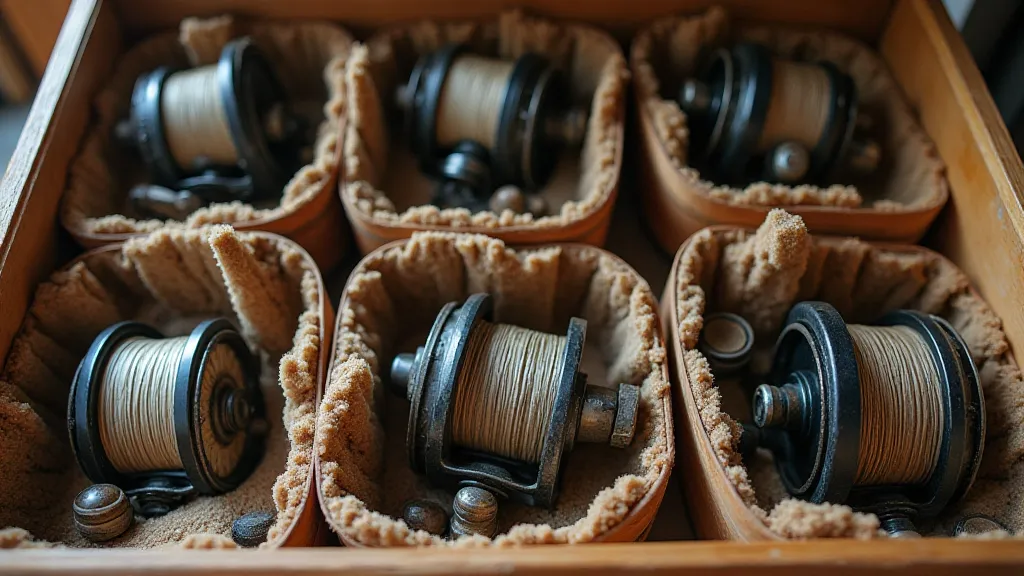
4. Mechanical Considerations & Maintenance
While focused on storage, a little maintenance goes a long way. It's important to note that the complexity of vintage reels often necessitates specialized knowledge. For those looking to delve deeper into preserving these treasures, a closer examination of reel repair basics can prove invaluable.
- Lubrication: Before storing a reel, lightly lubricate the moving parts with a reel oil specifically designed for vintage reels. This helps prevent corrosion and keeps the mechanism from seizing up.
- Handle Storage: Detach and store handles separately to prevent stress on the main reel body.
- Line Removal: Remove any old line from the reel, as it can dry out and become brittle, potentially damaging the spool.
5. Organization & Labeling
Organization isn’t just about aesthetics; it’s about protecting your investment. A well-organized collection makes it easier to inspect reels regularly for signs of damage or deterioration. Labeling is crucial for identification and tracking history. The relative value of different reels can fluctuate wildly, depending on condition and rarity. Understanding how to accurately assess reel condition grading is a critical skill for any serious collector.
- Cataloging: Maintain a detailed catalog of your collection, including manufacturer, model, year of manufacture, condition, and any relevant historical information.
- Clear Labeling: Label each reel box or container with the reel's identification details.
- Inventory System: Use a spreadsheet or dedicated software to track your collection.

6. Regular Inspection
Periodic inspection is crucial, even with the best storage practices. Check your reels at least once a year for any signs of corrosion, rust, or damage. Address any issues promptly to prevent further deterioration. A little preventative maintenance can save you a lot of heartache (and money) in the long run.
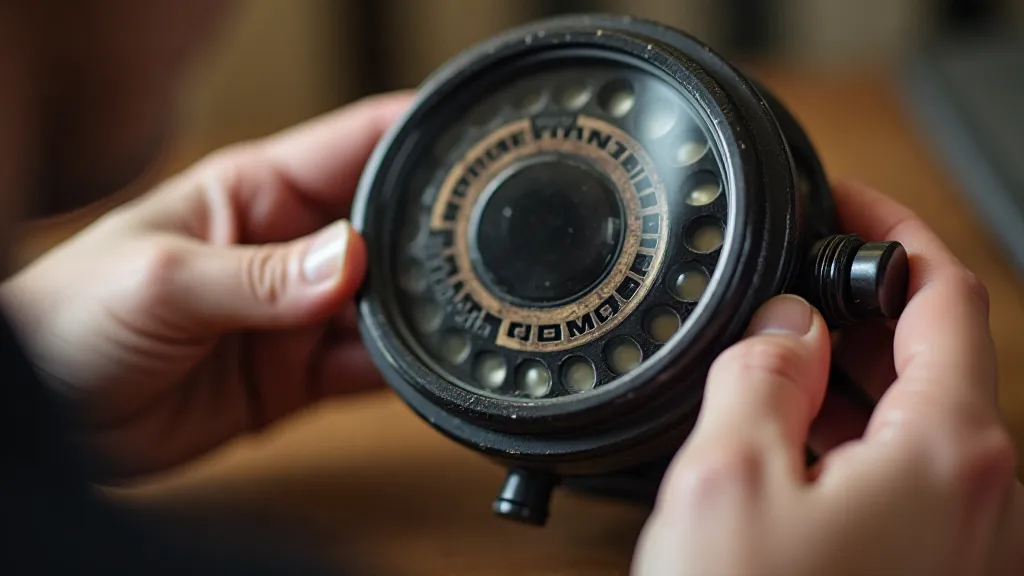
Conclusion: A Legacy of Angling Heritage
Storing vintage fishing reels properly isn’t just about preserving their monetary value; it’s about honoring a rich angling heritage. By following these guidelines, you’re not just protecting a collection; you’re safeguarding a piece of history for generations to come. The passion and ingenuity that went into creating these pieces deserve to be remembered and appreciated. Think about the stories these reels could tell – tales of legendary anglers, epic battles with prize-winning fish, and the evolution of a beloved sport. Treat your reels with the respect they deserve, and they will reward you with a lifetime of appreciation – and potentially, a significant return on investment.
